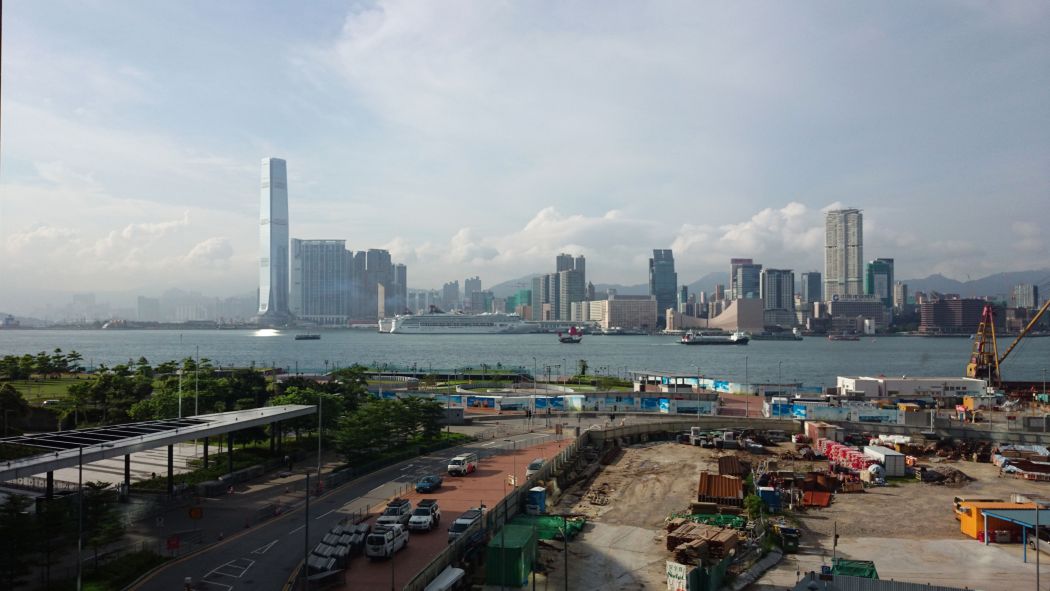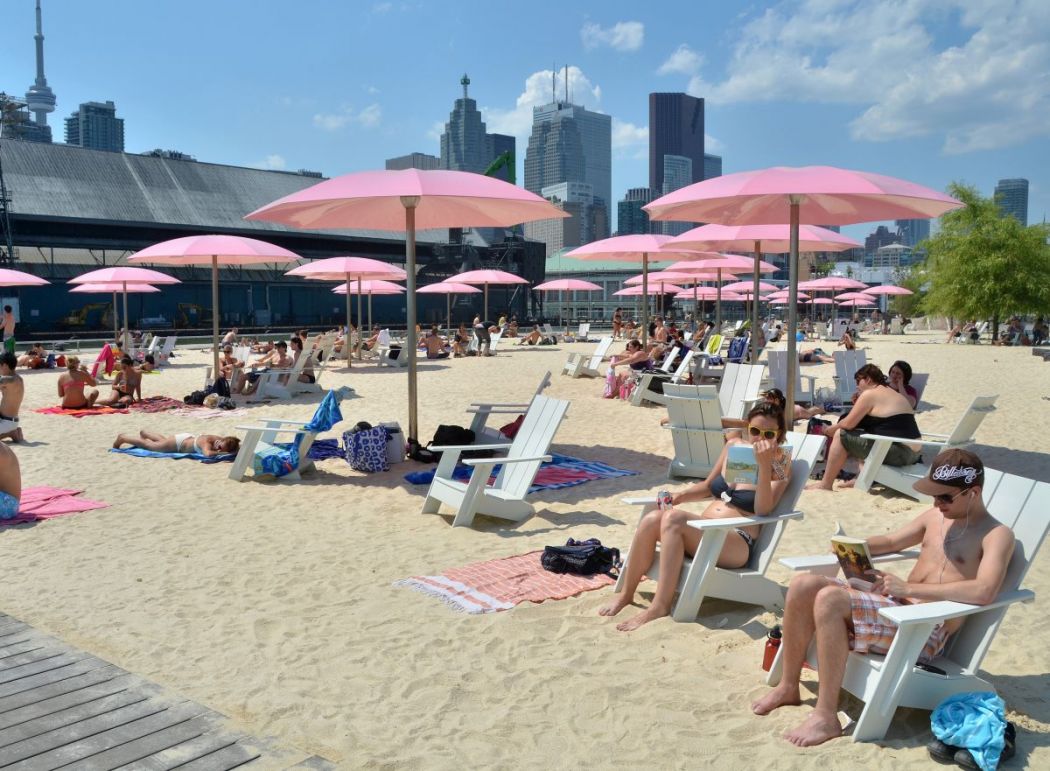CY Leung’s proposal for swimming and angling in Victoria Harbour may seem farfetched at first, but actually makes a lot of sense. Before Hong Kong dares to dream big though, it must first learn to walk.

Not many people, when they gaze out over the waters of Victoria Harbour, feel a desire to jump into the water for a quick swim. If the murky grey colour of the water doesn’t turn you away, then the crisscrossing of boats across the harbor should surely set off alarm bells. Yet that is seemingly what CY Leung is proposing in his recent blog post about angling and swimming in Central. To paraphrase his own blog, “why not go for a 45 minute swim after a quick lunch?”
Of course, CY’s vision was not for people to do a lap across the harbour and make it back to Central just before lunch hour ends, but to erect facilities that would allow people to take a dip in the waters off the Central promenade outside the IFC (presumably away from the always busy docks of Central Ferry Pier and the nearby Macau Ferry Terminal). And while it may be difficult to imagine office workers stripping down to their swimwear and taking a plunge into Victoria Harbour any time soon, CY’s vision for improved interaction between the city and its harbour is admirable and not as ridiculous as it might sound.

Perhaps CY had been spending some time looking at holiday brochures for his next holiday destination and been inspired by the happenings in Copenhagen. Along Copenhagen Harbour, a number of facilities already exist for people to interact with the water in ways that would be unimaginable in Hong Kong. There’s the Islands Brygge Harbour Bath, designed by architects Bjarke Ingels and Julien de Schmitt and opened in 2003. As the name suggests, the design is a structure that sits right in Copenhagen Harbour, allowing people to dive in, swim or just sunbathe on the banks of the water.

Opposite this is the Kalvebod Wave, designed by Julien de Schmitt with KLAR and finished in 2014. With undulating decks which bring people above and into the water and slides that terminate directly in the harbour, the Kalvebod Wave presents a new way for the people of Copenhagen to interact with their waterfront and city.
Copenhagen’s increasingly close relationship with its water owes much to the city’s initiative to clean its harbour. As recently as 1995, wastewater was still being emptied directly into the Harbour where people now dive and bathe during the summer months. Driven by the desire for a better living environment, money was invested in wastewater treatment plants and modernising the city’s sewage systems, to such an extent that the harbour in the centre of the Danish capital is now clean enough for swimming.

Not all cities have the political ambition and financial might to make their water as clean as Copenhagen’s, but other cities have come up with imaginative uses of their waterfronts as well. In Toronto, a city known more for its frosty winters than its blazing summers, Sugar Beach is a park with a man-made beach that allows residents to sunbathe along the waterfront, before the backdrop of a rapidly developing skyline. The candy-like colours of the parasols and trees lend an almost fairy-tale quality to the park, as if the idea of sunbathing off the shores of Lake Ontario was an idea which only existed in the land of happily ever after. Yet the park has been successfully operated since its opening in 2010 to a design by Claude Cormier + Associés and is particularly dreamlike in the winter, covered in a blanket of freshly fallen snow.

Along the banks of the River Seine in Paris an equally imaginative use of the river opened its doors in 2013. Branching east and west along the river from where it meets the Place de la Concorde, the Berges de Seine is a project which aims to re-integrate the Seine into Parisian life. Walking along the 2.4km of reclaimed roadways along the river, there are playgrounds, floating gardens, cafes, performance spaces and urban beaches. Particularly popular is a long blackboard which stretches across the entire wall of the riverbank. Liberated from their different languages by the pieces of chalk provided along the blackboard, tourists and locals gather to write greetings and draw pictures alongside each other in a textbook definition of art knowing no boundaries. For those more shy of the public eye, there are even teepees for kids and refurbished containers for adults which can be reserved as your own private space to nap, read or have a party along the river.

Looking back at the current offerings on the Hong Kong waterfront, it is difficult not to feel a little sense of jealousy and suffer a small case of coveting thy neighbour’s house, or in this case, his waterfronts. There are more ways to interact with the water than directly jumping into it, and while that may be the vision for the future, there are more immediate ways with which Hong Kong can improve the relationship between the city and its harbour. So before we think about taking our shirts off for a swim in Central, perhaps we could start by removing the barrier between the promenade and the harbour first. After all, if we’re going to be swimming in the harbour, there’s no point in worrying about falling in.
Kenneth Ip is an architect currently practising in Hong Kong. He co-founded JOKE architects with Joey Yim in 2010 as a platform for architectural observation, research and design.
